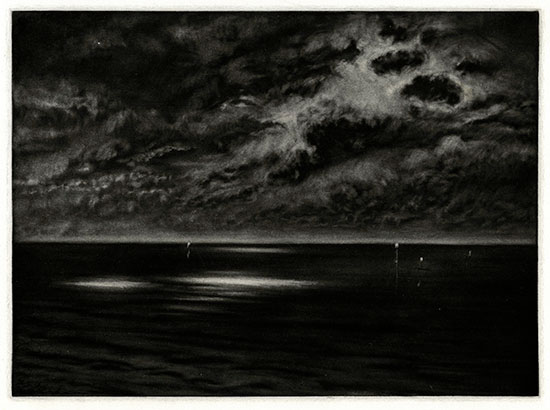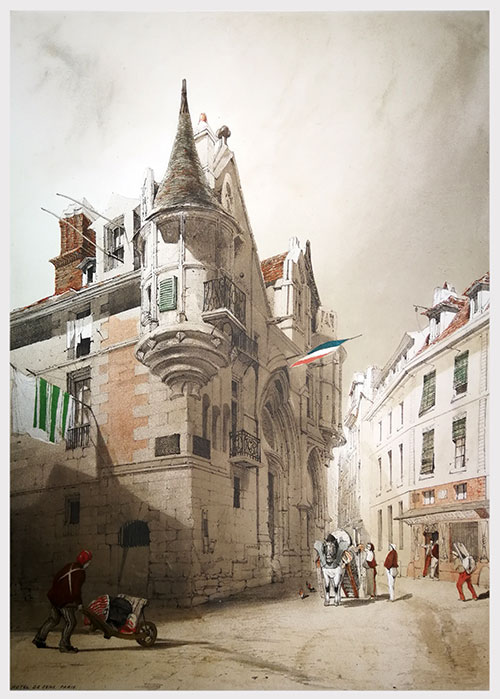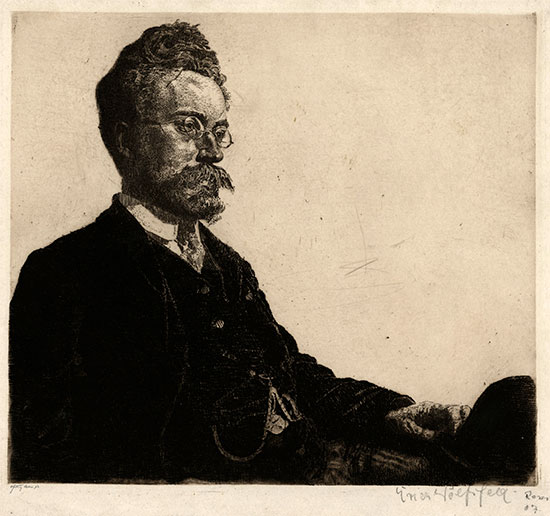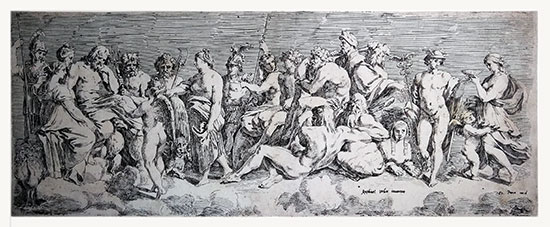The
Home Page Selection
If
you require further information on any
print featured here, please contact
us.
When
a print has been sold it will be marked
as Sold.
A
growing archive of selections
from previous Home pages is featured in
the
Home
Page Selection Archive |
|
See
also :
Click
on a thumbnail (left)
to link directly with the entry for that
print, or scroll down to view all the selected
prints from the current Home
Page.
Images
are not to relative scale (see stated dimensions) and also at only modest resolution.
If you wish to view extracts of an image at higher resolution, please Contact us.
|
|
|
|
|
|
|
MATTHÄUS
MERIAN
Basle 1593 – 1650 Bad Schwalbach
Merian initially trained as an engraver with Dietrich Meyer in Zurich, before
travelling to Strasbourg (where he presumably met Peter Aubry), Nancy (where
he met Callot) and Paris.
He
returned to Basle in 1615, moving the following
year to Frankfort to work for the engraver,
publisher and printseller Johann Theodor
de Bry, whose daughter he married in 1617.
They returned to Basle in 1620 but on de
Bry’s death in 1623, moved back to Frankfurt to carry on de Bry’s business.
Merian
became a citizen of Frankfort three years
later, and was able to work in the city as
an independent engraver and publisher.
The
Months of the Year
Wüthrich 352-363
138 x 170 mm
The
complete set of twelve original engravings,
c1610-20.
The
plates for April and December signed.
Published
by Peter Aubry, Strasbourg, c1622?
On thin
laid paper generally watermarked with the
crossed ‘C’s
of Lorrain.
The
Latin text generally printing more palely
than the German.
Generally
very good condition, March with a small unobtrusive
stain, July with a stain and thin patch verso, September with a small paper flaw. Margins
usually narrower at the foot. Other small
defects.
£4750
Cycles
of the months, seasons, senses, flora & fauna are a specifically
Northern contribution to the history of European
printmaking. Northern artists delighted in
the close observation of nature and the portrayal
in detail of the activities and trappings of
everyday life, in a climate that leant itself
to flower gardening, and where the unreliable
weather was a constant concern in a largely
agricultural economy.
Return to top ^ |
|
|
|

|
|
Dr FREDERICK GEORGE DAWTREY DREWITT MA DM MRCS FRCP R.E.
Burpham, Sussex 1848 – 1942 Kensington, London
Drewitt is an interesting man who had wide interests. After graduating in Natural Sciences at Oxford, he followed medical studies in London and worked as a hospital doctor until 1902. The Royal College of Physicians holds a group of pathological drawings made by him 1876-1880.
A private income allowed him to retire early and follow his other interests, particularly the study of birds and flowers, as well as watercolour painting and printmaking . He was the author of a number of books, the most important being The Romance of the Apothecaries’ Garden, 1923. He served on several committees concerned with the preservation of natural life and represented the Royal College of Physicians in the management of the Chelsea Physic Garden until 1941.
Two months before he died he wrote “I am grateful for a long and happy life, for pleasant friends, from whom I have learnt much, and for an insight into the everlasting beauty and wonder of the world”.
Drewitt’s printmaking was probably confined to the decade 1905-1915. He attended Sir Frank Short’s etching classes at the Royal College of Art around 1911, and his prints include both etchings and mezzotints. (A fascinating and unusual mezzotint from 1905 was of a total solar eclipse seen in Spain.)
Dover, Midnight
178 x 248 mm
Original mezzotint, 1913.
An unsigned proof on stout cream wove.
£120
An impression was exhibited at the Royal Academy in 1914.
Return to top ^ |
|
|
|
 |
|
THOMAS SHOTTER BOYS
Pentonville, London 1803 – 1874 Marylebone, London
Boys served a full apprenticeship with the engraver George Cooke before turning to watercolour painting on his first visit to Paris in 1823-28, perhaps influenced by Bonington whom he got to know in Paris. Boys added the sky in Bonington’s etching of Bologna for its publication in 1828 after Bonington’s death.
It was on Boys’ second stay in Paris , 1831-37, that he took up black and white lithography, when Baron Taylor commissioned him for the Languedoc and Picardie volumes of his Voyages pittoresques et romantiques dans l’ancien France.
There was interest at this period in Europe in developing ‘scientific’ four-colour lithography (superimposed red, yellow, blue and black). Gabriel Engelmann patented chromolithography in 1837 (essentially the same process still in use today for colour printing magazines etc).
Chromolithography is generally associated with reproductive printmaking, but Boys, after his return to England, in conjunction with the lithographic printer Hullmandel, developed his own multi-colour system, effectively pioneering fifty years ahead of its time, the concept of artists’ original colour lithography, for his series Picturesque Architecture in Paris, Ghent, Antwerp, Rouen etc though the subjects they were based on watercolour drawings done when he was on the Continent.
Boys used upwards to 10 stones for each print, individually drawn by himself for each specific local colour. Hullmandel printed them successively, carefully registered, over a linear keystone impression in black.
It was financed by Boys' cousin, who published the set in 1839, the only edition; and rather unfairly, he received all the plaudits.
Hotel du Sens, Paris
Abbey Travel 33; Zigrosser 24y
376 x 271 mm
Original colour lithograph.
On stout wove.
Slight foxing, mainly in the margins of the sheet.
Sold
Built in the Marais between 1475 and 1519 as a residence for the Archbishops of Sens, today the Hotel du Sens houses the Forney Art Library.
Return
to top ^ |
|
|
|
 |
|
ERICH WOLFSFELD A.R.E.
Krojanke, Prussia 1884 – 1956 London
A painter and etcher, Wolfsfeld studied drawing and etching at the Berlin Academy 1904 to 1906, when he moved to Paris and attended the Académie Julien. He spent the years 1907 to 1909 in Rome, where Max Klinger and particularly Otto Greiner were influential fellow artists in the ex patriot German community.
At this period Wolfsfeld worked mainly as an etcher and established his reputation in the medium.
When he returned to Berlin in 1910 he was awarded a gold medal for his etching The Archers. By 1914, before the War called a hiatus, he was exhibiting in Berlin, Leipzig and Vienna.
Portrait of Baron Hönwald
Furness 18
233 x 263 mm
Original etching, 1907.
Signed in pencil and dated Rome 07.
Also pencil signed by Otto Felsing, who printed the impression.
Printed in dark brown ink on cream wove paper.
Sold
Return to top ^ |
|
|
|
 |
|
FRANÇOIS PERRIER called LE BOURGUIGNON
Franche-Comté 1594 – 1649 Paris
French Baroque painter, draughtsman and printmaker, Perrier worked in Rome in 1624-29 and in Paris 1630-34, when he probably took up etching.
Perrier would return to Rome in 1634 for a dozen years, during which time, as well as his painting commissions, he produced two volumes with over 150 etched plates representing antique sculpture and bas reliefs, published in 1638 and 1645.
He also etched a number of the Psyche ceiling frescoes in the Villa Farnesina.
He returned to Paris in 1646 and in 1648 was a founder member of the Académie Royale.
Council of the Gods
Le Blanc 18, Nagler 25
164 x 505 mm
Etching, after a Raphael ceiling design in the Loggia of Psyche.
The plate signed.
Thread margin, or trimmed to or just inside the plate.
£650
The gods deciding whether Psyche can be immortalized.
Return
to top ^ |
|
|
|
|
|
|
|